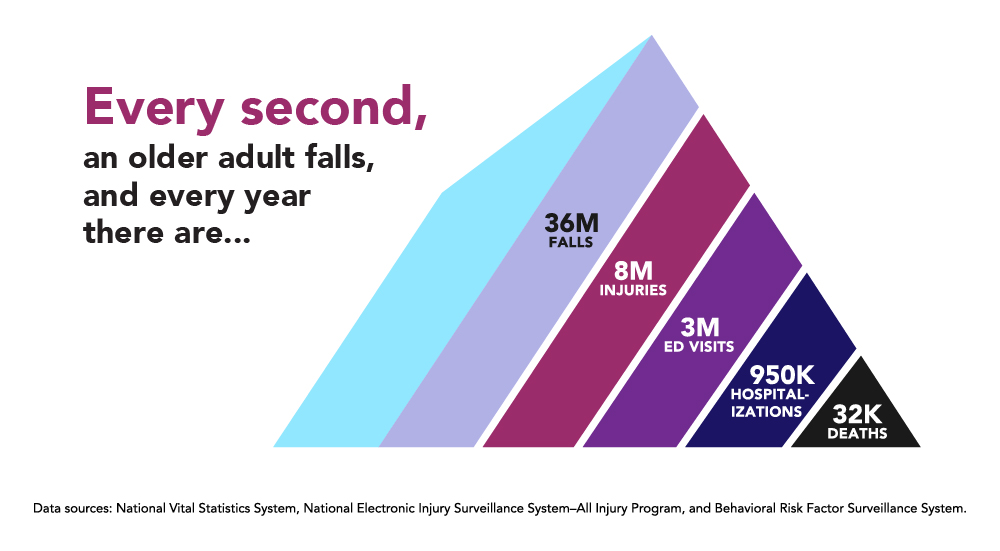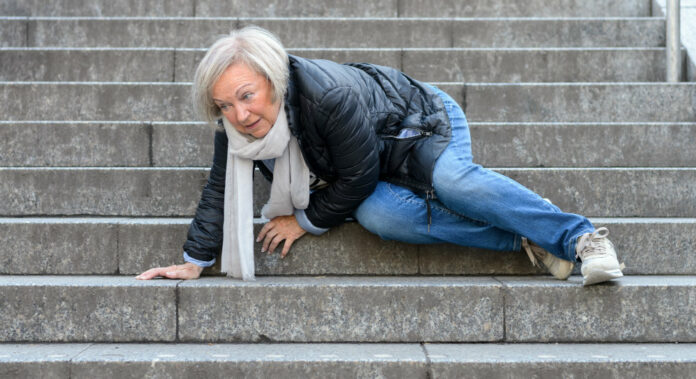As we age, our bodies become more prone to injuries and illnesses. Elderly people are particularly at risk of several physical impairments due to natural aging processes and lifestyle factors. Let’s take a closer look at some of the most common injuries and illnesses affecting elderly people, what causes them, and how to prevent them.
We’ll also discuss the best ways to care for an elderly person who is suffering from an illness or injury. With the right knowledge and care, we can help our elderly loved ones stay healthy and safe.
Herniated Disks
Herniated disks are caused by wear and tear of the disks that separate the vertebrae in the spine. The disks act as shock absorbers and keep the spine flexible.
When the disks become stretched or ruptured due to aging, they can bulge out and press against the spinal cord or surrounding nerves, causing pain and other symptoms.
Common risk factors for herniated disks include age-related degeneration, poor posture, and traumatic injuries.
Prevention of herniated disks is mainly focused on good posture and regular exercise. Stretching, Yoga and strengthening exercises can help keep the spine flexible and build strength in the core muscles that support the spine. Good posture practices throughout the day can also help reduce the risk of herniated disks.
If an elderly individual is already suffering from herniated disks, the best way to care for them is to provide relief from pain and discomfort. This can include taking medications, applying hot or cold compresses, and using physical therapy.
It is also important to ensure that the elderly person is getting adequate rest, as a lack of rest can exacerbate the pain. It is important to provide emotional support and understanding during this difficult time.
Hip Fractures
Hip fractures are a common and serious injury in elderly adults. They occur when the hip bone breaks due to a fall, direct force, or excessive strain.
The most common cause of hip fractures is falling, especially among elderly adults whose balance and coordination are affected by age-related changes. Hip fractures can cause severe pain, mobility issues, and a decrease in quality of life.
Prevention of hip fractures is key in helping elderly adults remain safe and healthy. This can include installing safety equipment in the home, such as grab bars and non-slip mats, as well as making sure that floors are clutter-free and rugs are secured down.
Regular physical activity can help improve balance and coordination, which can help reduce the risk of falls.
Residents in nursing homes can be at risk of hip fractures due to neglect and abuse in the facility.
Neglect and abuse can lead to falls as a result of poor maintenance, lack of safety measures, and inadequate supervision.
In the event that an elderly person suffers an injury due to the negligence of their care facility, it is important to seek legal help.
An attorney can review the case and help find appropriate remedies, such as compensation for medical expenses, lost wages, and pain and suffering.

Osteoporosis
Osteoporosis is a condition characterized by a decrease in bone density, making bones weak and brittle. This can lead to an increased risk of fractures and other bone injuries.
Osteoporosis is most common in elderly adults, especially women, and is caused by a combination of age- related changes and lifestyle factors. Risk factors for osteoporosis include age, gender, family history, smoking, alcohol use, and an inactive lifestyle.
Prevention of osteoporosis is key to reducing the risk of fractures and other injuries. This can include eating a healthy diet high in calcium and vitamin D, engaging in regular physical activity, and avoiding smoking and excessive alcohol use. Taking medications such as bisphosphonates can help reduce the risk of osteoporosis in elderly adults.
If an elderly individual is already suffering from osteoporosis, the best way to care for them is to provide relief from pain and discomfort.
This can include taking medications, using physical therapy, and engaging in regular exercise to help strengthen bones.
It is important to ensure that the elderly person is getting adequate rest and nutrition, as a lack of either can exacerbate the pain. Provide emotional support and understanding during this difficult time.
ALSO READ: Best Practices for Severe Injury Recovery
Hypertension
Hypertension, also known as high blood pressure, is a condition characterized by an increase in the pressure of the blood flowing through the arteries.
Hypertension is a serious condition that can lead to heart attack, stroke, and other serious health problems.
It is more common in elderly people due to changes in the cardiovascular system that occur with age, such as a decrease in the elasticity of the arteries and a decrease in blood flow.
Elderly people are more likely to have other conditions, such as diabetes and obesity, which can increase the risk of hypertension. Hypertension can also be caused by lifestyle factors such as smoking, excessive alcohol consumption, and an unhealthy diet.
Treatment of hypertension usually involves lifestyle modifications such as eating a healthy diet, exercising regularly, and quitting smoking. In some cases, medications may be necessary to control blood pressure. It is important for elderly people to get regular check-ups to monitor blood pressure, as this can help prevent serious health problems.
Injuries are common in elderly people, and it is important to be aware of the risks posed by these injuries. Taking the time to discuss any injuries an elderly person may have with their doctor or care facility can help reduce the risk of further injury. Also, these general health tips, can be helpful.
ALSO CHECK: Smith Machine Squat Death Video Goes Viral: Graphic Content Warning




